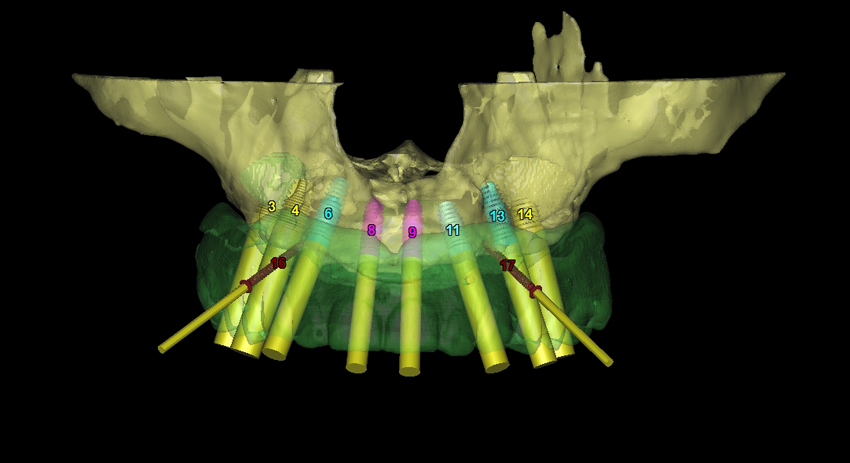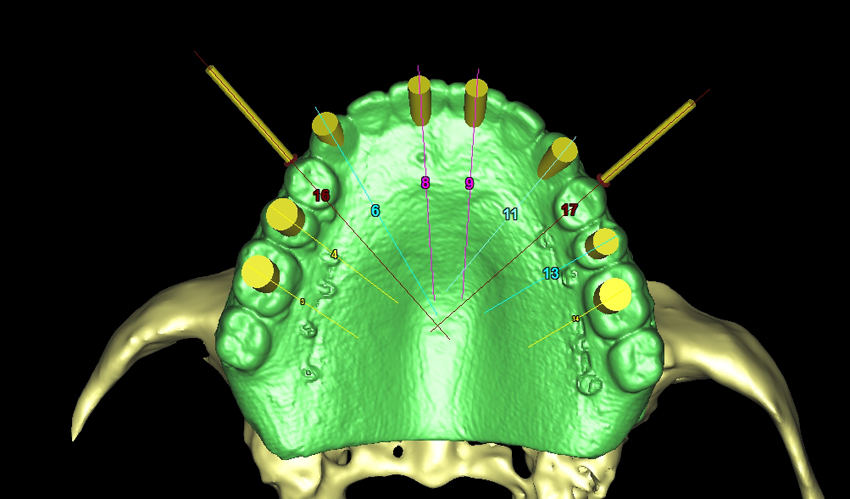Computer Guided Surgery


The development of in-office scanning technology, called Cone Beam Computerized Tomography (CBCT), has made dental implant therapy safer and more predictable than ever before. Historically, implant placement planning was limited to a two dimensional x-ray and a clinical exam. This information provided an “idea” of what the surgeon may encounter during the surgical placement of the implant. However, the true anatomy of the bone and how it might impact the surgical procedure was not known until the time of surgery. Many times, this resulted in additional procedures the patient was not aware of, or compromises with the ultimate outcome of the case.
3-Dimensional CBCT imaging can provide important information regarding the width, shape, quality and volume of bone in cross-section. Once the scan is obtained, the shape of the bone can be clearly seen and a discussion can be conducted of whether procedures such as bone grafting will be required. Other important anatomic landmarks can also be identified such as critical nerve structures, and bony undercuts that cannot be seen with traditional x-rays.
Computer Guided Dental Implant Surgery actually allows the procedure to be “performed” in advance of the surgery. Surgical simulations can be done on the computer, so the exact size and ideal location for the implant is known. In essence, the treatment is completed on the simulator pre-surgically. Recent computer technology breakthroughs enable a surgical guide to be electronically constructed to guide implant placement during surgery.
Computer Guided Dental Implant Surgery is typically performed in less than an hour. In most cases, no incisions or sutures are usually needed and therefore post-operative swelling / discomfort is minimal. This state-of-the-art procedure can be used for patients requiring 1 implant to patients in need of full mouth rehabilitation. |
|
|
